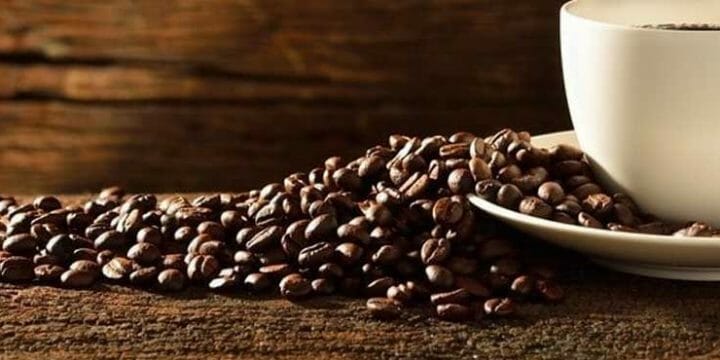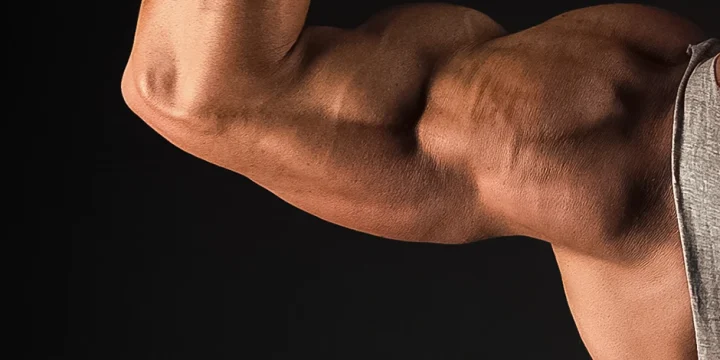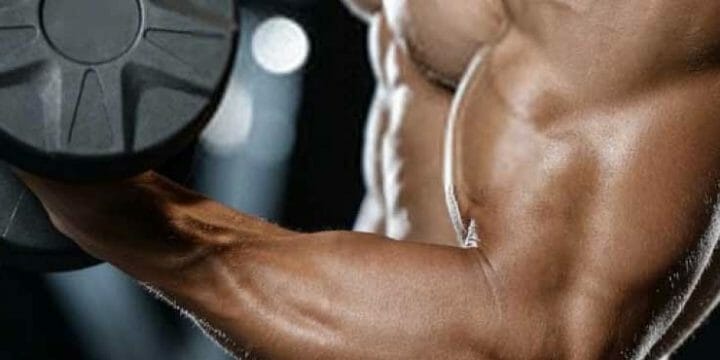As a fitness trainer, I know that a well-developed chest is vital to a balanced and aesthetically pleasing physique.
While many focus on overall chest training, targeting the outer chest can provide impressive definition and width to your upper body.
In this article, we’ll discuss effective exercises to create an outer chest workout designed to engage, strengthen, and enhance your pectoral appearance and functionality.
Let’s begin.
Quick Summary
- A combination of barbell and dumbbell exercises contributes to creating a more defined outer chest.
- Many classic chest exercises, like the bench press, can be modified to emphasize the outer chest development more.
- According to a study from the Journal of Sports Science and Medicine, establishing mind-muscle control during your lifts can enhance your muscle gains — a principle that can be applied to the outer chest muscles.
- To further enhance the gains from your outer chest exercises, consider adding protein powder to your post-workout nutrition plan.
Best Outer Chest Exercises

You’ll likely recognize the following exercises as classic chest movements, but I've modified them to fully engage all your chest muscles, including the outer chest.
1. Wide-grip Bench Press
The wide-grip bench press is one of the best chest exercises because it targets the chest’s sternal and abdominal heads.
I recommend placing your hands 3–6 inches wider on either side of the bar to engage the outer chest.
Here’s how to do it:
- Lie on a flat bench with the bar level with the upper-middle chest area.
- Take a wide grip, stretching towards the outer smooth grip marks.
- Lower the bar to around 2–4” above the chest before contracting and pressing back up.
- Repeat for desired reps.
2. Wide Grip Push-up
Push-ups build muscular endurance and are the foundation for chest development. This wide-grip push-up is best for the outer chest.
Here’s how to do it:
- Assume the classic push-up position with palms on the ground, but have arms wider than shoulder width.
- Place feet shoulder-width apart with toes straight down.
- Lower the torso just before it touches the ground.
- Push the torso back upward while focusing tension on the chest.
- Repeat for the desired number of reps.
3. Dumbbell Front Raise
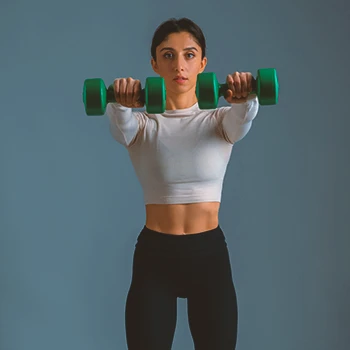
Perform isolateral movements, like the dumbbell front raise, for increased emphasis on the outer chest.
Here’s how to do a dumbbell front raise:
- Hold a dumbbell with an overhand grip.
- Raise the dumbbell above your head with palms facing forward, stopping when your arm reaches a 45-degree angle relative to your shoulder.
- Lower the weight to the front, stopping just before it meets the torso.
- Repeat for the desired number of reps.
- Switch sides and perform the same number of reps.
4. Cable Fly
The cable fly promotes a fixed range of motion and consistent tension and is a beneficial exercise for upper-body development.
Here’s how to do cable flys:
- Stand at a cable machine and adjust the cable handles to shoulder level.
- Grab both handles with a neutral grip.
- Step forward into a split stance.
- Keep elbows slightly bent as you completely open your arms, feeling the pecs stretch.
- Slowly bring hands together and pause when hands meet in front of you at chest height.
- Repeat for the desired number of reps.
5. Incline Bench Press
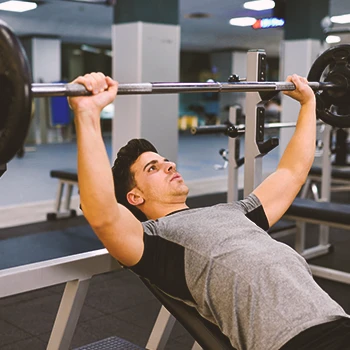
Bench pressing is essential for a complete chest workout as it targets the upper part of the chest while also recruiting the outer chest.
Use the incline bench and a wide grip for the most outer chest benefit.
Here’s how to do it:
- Set an adjustable or incline bench to a 35-degree angle.
- Hold the bar with a wide grip.
- Lower the bar towards the upper chest.
- Push the bar straight up and focus on contracting the outer chest.
- Pause briefly at the top.
- Repeat for the desired number of reps.
6. Chest Dips
The chest dip movement is compound, requires balance and stability to master, and is an effective exercise for targeting the chest, particularly the outer pecs. Avoid rounded shoulders, which can lead to shoulder pain.
Here’s how to do chest dips:
- Step up onto a dip station.
- Position hands with a neutral grip.
- Begin the dip by unlocking the elbows and slowly lowering the body.
- To engage the chest, lean forward with elbows wider.
- The forearms should be almost parallel to the floor.
- Drive back up by pushing through your palms.
- Repeat.
7. High Cable Crossover Fly
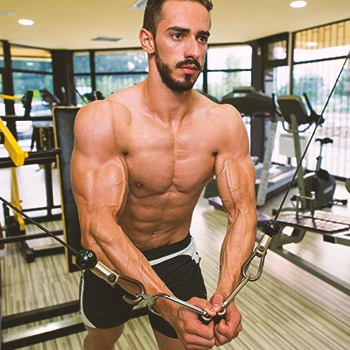
Cable crossovers are variations of the fly and are the perfect exercise for stimulating the outer chest.
Here’s how to do it:
- Adjust the handles toward the top of the rail, forming a ‘Y.’
- Step away from the machine and stagger your feet.
- Bring arms down and forward to the navel, focusing on chest/deltoid joints.
- Hands cross at the front, forming an ‘X,’ putting tension on the outer chest.
- Return arms to starting position.
8. Dumbbell Fly
The dumbbell fly is one of the key chest exercises that primarily works the outer and middle chest but can be adjusted to target other areas, like the lower chest.
Here’s how to do dumbbell flys:
- Lie on a flat bench with dumbbells at your sides.
- Have a slight bend in your elbows.
- Pull the dumbbells up toward the midline of your chest, keeping your arms extended above.
- Focus on moving arms through the outer chest, stopping when weights touch or can’t move closer.
- Slowly bring weights back to the sides and repeat.
9. Pec Deck
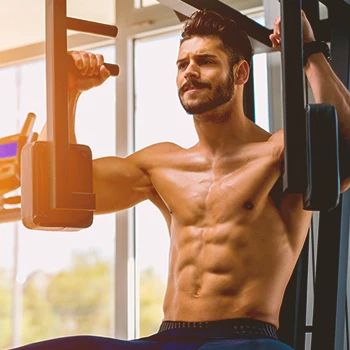
A pec deck machine is an excellent tool for chest exercises, as it offers a fixed range of motion and a consistent level of tension on the outer chest muscles.
Here’s how to do it:
- Position oneself on the pec deck, facing away from the weight.
- Adjust handles so arms start slightly behind the chest.
- Squeeze handles together toward the chest, focusing tension in the outer areas.
- Stop when handles are directly in front and return to the starting position.
- Repeat for the desired number of reps.
“The pec deck works both your chest and its supporting muscles, primarily your pectoralis major, which is the muscle that allows you to swing and bring your arms together.”
- Caleb Backe, MBA, CPT, Business & Wellness Consultant
10. Dumbbell Pullover
The dumbbell pullover works multiple muscle groups, like the chest and back, but is typically done on chest day because it puts a lot of focus on the outer chest.
Here’s how to do it:
- Lie on a flat bench.
- Hold a dumbbell above you in both hands.
- Bring the dumbbell back behind your head and stop when the arms parallel the ground.
- Pull the dumbbell up over your head, stopping just above your chest.
- Return the weight behind your head while keeping tension at the start and emphasizing the outer chest.
- Repeat for the desired number of reps.
Chest Anatomy

Chest muscles span horizontally from the rib cage to the upper arms. They're composed of two muscle heads: upper and mid-to-lower chest.
The chest contains multiple muscle fibers that insert near the top of the upper arm bone [1].
The chest's muscles include:
- Clavicular head: A group of muscles in the upper part of the chest that connect the upper sternum and collarbone to the upper arms. It is involved in arm flexion. Incline chest press and cable fly variations are ideal chest exercises for targeting this muscle group. The outer chest is part of the clavicular head, attaching just before the shoulder.
- Sternocostal head: The largest part of the pectoralis major connects the sternum and upper arm for pushing and rotation movements. Presses and flys are the best exercises to stimulate this part of the chest. It also forms part of the outer chest region, joining the upper arm.
- Abdominal head: Part of the pectoralis major runs from the upper abs to the lower and outer chest and is responsible for arm abduction.
“There are three primary muscles comprise the chest. They are the pectoralis major, pectoralis minor, and serratus anterior.”
- Travis Edwards MPT, BSc
What It Takes to Enhance Your Outer Chest Gains
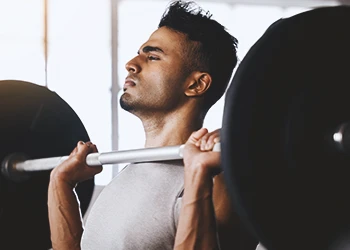
Here are four ways to enhance your outer chest hypertrophy gains.
1. Mental Focus
It’s not all physical. It is possible to mentally focus on muscle recruitment during exercise, increasing the effectiveness of a workout.
According to a study from the Journal of Sports Science and Medicine, establishing mind-muscle control during your lifts can enhance your muscle gains [2].
So, by extension, mentally focusing on the outer chest during your chest exercises can improve muscle recruitment.
2. Reps and Load
For maximum hypertrophy, I've found that training the outer chest within 8–12 reps is sufficient.
While you can go heavier with the weights and do fewer reps to boost your power output, I'd only recommend doing so under the supervision of a spotter.
3. Grip
Your grip is a critical factor in chest exercises. A close grip emphasizes the inner chest musculature. A wider grip targets the outer chest region, serratus, and front deltoids.
4. Equipment
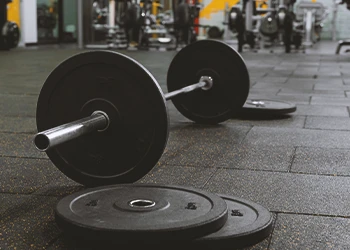
Barbells and dumbbells are both suitable for chest muscle activation and development.
Barbells allow you to lift more weight but can restrict your range of motion and muscle recruitment.
Dumbbells offer more variation in the range of motion and tension across multiple muscles, emphasizing the outer chest.
Incorporate the following best exercises for the outer chest into your workout plan to maximize results in creating pectoralis major definition.
Stretching
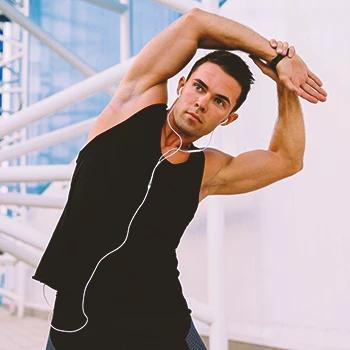
As with any weight-training regimen, engage in dynamic stretching before doing your outer chest workout to reduce the risk of injury [3].
The shoulder joint is complex and performs various movements. Without stretching, the shoulder and chest are prone to injuries, especially the outer chest.
Stretching doesn’t take much time. Even 1–2 minutes of stretches, like arm circles, should warm up your chest.
I'd also highly recommend doing a quick static stretch of your chest muscles, but only after your workout. Doing so before your workout may affect your strength output [4].
FAQs
Where Is the Outer Chest?
The outer chest is the outer edge of the pectoralis major and part of the clavicular head, close to your armpit and along your triceps and biceps. Chest exercises like flyes and presses effectively activate the pectoralis major muscle.
How Do You Isolate Your Outer Chest?
While there's no way to purely isolate the outer chest, you can heavily engage it by making grip modifications to classic chest exercises. A wider grip during chest exercises emphasizes the outer pectoralis major, while a close grip targets the inner chest.
References:
- https://www.ncbi.nlm.nih.gov/books/NBK545241/
- https://www.ncbi.nlm.nih.gov/pmc/articles/PMC4974856/
- https://www.health.harvard.edu/staying-healthy/ask-the-doctor-stretching-before-exercise
- https://www.ncbi.nlm.nih.gov/pmc/articles/PMC6895680/
About The Author
You May Also Like

